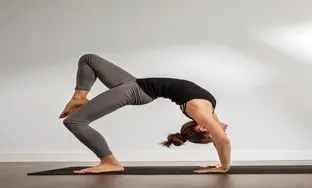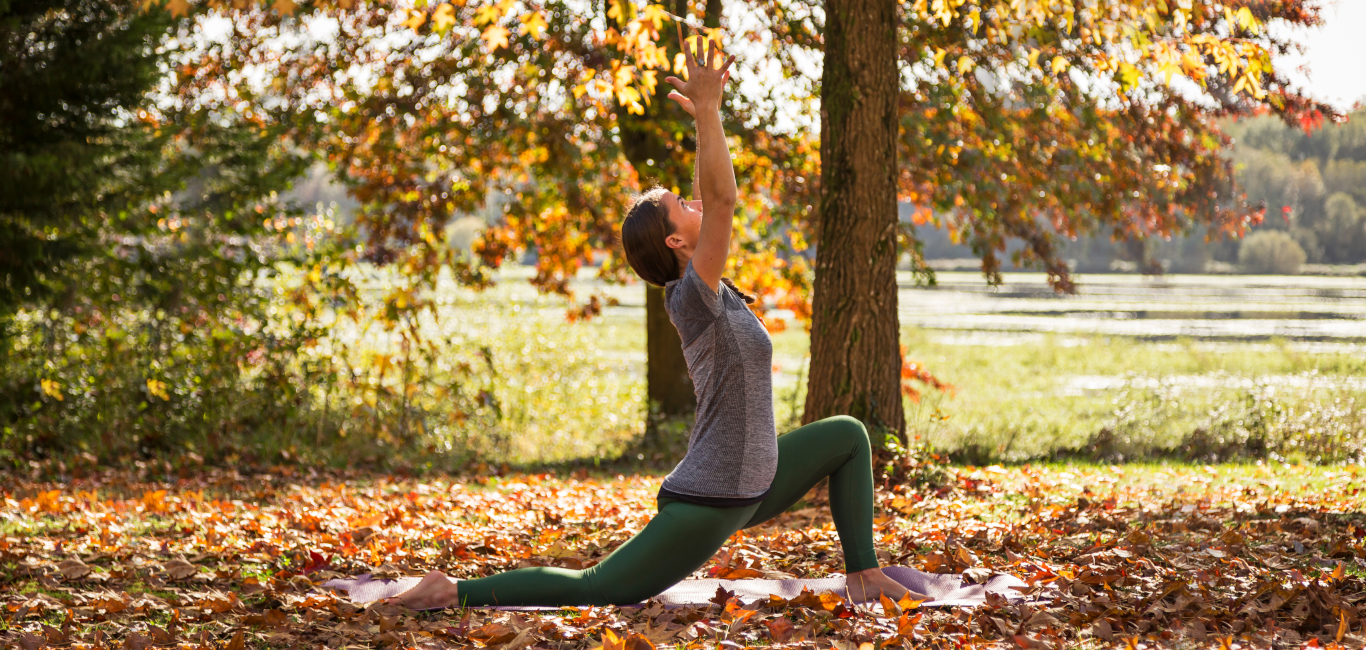
Lilly Bijoy from Bengaluru has been practising ashtanga yoga for three-and-a-half years. She shares her experience of it with Happiest Health.
She says that as a yoga enthusiast, she includes asanas in her practice of ashtanga yoga to gain the many health benefits associated with each of them. “I notice positive changes in my mood and energy levels. My stamina and digestion have improved.”
According to Bijoy, 39, to get the most out of ashtanga yoga, one should practise with dedication, focus and concentration. “The asanas, along with pranayama, have helped me to channelise my thoughts and also improved my concentration and cognitive abilities,” she says.
Asana for balance, connections
Asana is the third limb of ashtanga yoga. In recent times, ashtanga yoga is increasingly being associated with the practice of asanas or postures.
Ashtanga yoga emphasises the practice of sitting in a stable asana, controlling the subtle energies of the body through pranayama, withdrawing the senses through the next steps of pratyahara, and focussing the mind through dharana and dhyana, according to Dr Dayal Joy, yoga expert and ayurveda specialist based in Slovenia.
“Ashtanga yoga is about creating connections, balance, and relationships. The first two norms – namely yama and niyama – are about connecting the self with society. Asanas connect you with your body. [Of the other five precepts of ashtanga yoga,] pranayama connects you with your breath, pratyahara connects you with your senses, and dharana, dhyana, and samadhi connect you with your mind,” he says.
Read about yama and niyama here
More than just a posture
According to Dr Joy, an asana is not a specific posture, but a state of being. It is any posture in which one can sit comfortably and with stability. It is the foundation for the higher levels of ashtanga yoga, such as pranayama, dharana, and dhyana.
In order to achieve the higher levels, it is essential to have control over one’s body, and this is acquired through the practice of asanas.
Bijoy adds that when one begins practising ashtanga yoga, the physical aspects of the postures would have the most significant impact. As one progresses, one becomes attuned to the flow of prana, or the life force, in the body.
Breath, gaze and postures
The asanas of ashtanga yoga integrate breath, gaze, and movement through a fixed sequence of postures. This integration, known as tristhana, is believed to help practitioners achieve a state of meditation in motion, where the body moves but the mind is still and focussed. The aim of the practice is to bring a balance between body and mind.
“Everyone’s yoga practice is unique and should be tailored to their individual needs and abilities. It is important to focus on the internal aspects of the practice, such as breath and energy control, rather than solely on the external postures. If you are working at your own level and experiencing the benefits of the practice, you are on the right track,” says Dr Joy.
Starting asanas as self-practice
The traditional approach to learning ashtanga yoga emphasises the connection between the body and the mind. When beginners start with surya namaskara, they repeat it consistently until it is ingrained in their muscle memory, and the movements come out naturally.
Self-practice is an effective way for a beginner to internalise and remember the postures. By starting with a small number of postures and focussing on them at their own pace, one can effectively commit the postures to memory.
Six series of ashtanga yoga asana
Divided into six series of asanas, they are as follows,
- The primary series (yoga chikitsa) aims to detoxify, balance, and strengthen the body.
- The intermediate series (nadi shodhana) focusses on balancing the nervous system.
- The advanced A, B, C and D series (sthira bhaga samapta) demonstrates high levels of strength, flexibility, grace, and humility.
Each asana is mastered by practising it in a controlled and graceful manner, with calm, deep breathing, before moving on to the next. Eventually, a complete series is practised regularly.
Active stretching is the key
The technique employed in ashtanga yoga is active stretching, which uses an inherent reflex in the body to move. When a muscle contracts, its opposing muscle (the antagonist) releases. This means that by flexing your quads (muscles at the front of your thigh), you can get a deeper stretch in your hamstrings. Similarly, by pulling your abdominal muscles inward and upward, you can feel your lower back lengthening.
As one increases the duration of the practice, the subtle but profound movements of the postures help with awareness and control of the body, leaving one relaxed and energised. To improve one’s ashtanga yoga practice, one should focus on mastering the yoga poses that are familiar before attempting to learn new ones.
Read `A beginner’s guide to ashtanga yoga’ here

















